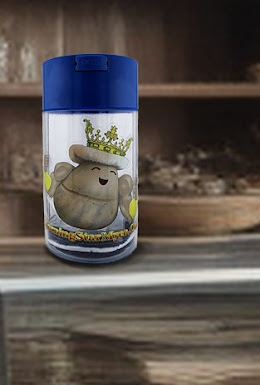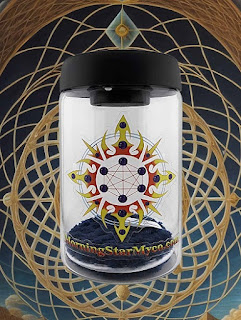Unveiling The Magic - The Science Behind Mushroom Growing Kits
Mushrooms, often regarded as nature's hidden treasures, have long held a mystique that transcends their culinary uses. Beyond the delectable flavors they bring to our plates, mushrooms also play a crucial role in ecological processes and offer a fascinating subject for scientific exploration. One innovative way to bring this fungal magic into our homes is through mushroom grow kits.
Let's delve into the captivating science behind these kits, unraveling the biology of mushrooms and the intriguing processes that make them thrive.
The Fungal Kingdom - A Brief Overview
Mushrooms belong to the fungal kingdom, a diverse group of organisms distinct from plants, animals, and bacteria. Fungi are renowned for their ability to decompose organic matter, forming a vital link in nutrient cycling within ecosystems. Mycelium, the vegetative part of the fungus, consists of a network of fine threads that weave through soil or other substrates.
Mushroom Growth: The Lifecycle Unveiled
Understanding the mushroom lifecycle is pivotal to comprehending the science behind a mushroom growing kit. The process begins with spores, akin to the seeds in plants, which serve as the fungal equivalent of reproductive units. When conditions are favorable, these spores germinate, giving rise to mycelium. Mycelium acts as the fungus's root system, absorbing nutrients from the environment.
Once the mycelium has established itself, it enters the next stage of development - the formation of a structure known as the primordium. This tiny structure is the precursor to the mushroom cap and stem. As the primordium matures, it undergoes a rapid growth phase, eventually unfurling into the familiar cap and stem configuration.
The Role of Substrates in Mushroom Growth Kits
Mushroom growing kits simplify the cultivation process by providing an ideal environment for mycelium to thrive. The key ingredient in these kits is the substrate - a nutrient-rich material that serves as the fungus's growth medium. Common substrates include a blend of organic materials like grains, sawdust, and straw.
In a well-designed mushroom kit, the substrate is inoculated with mushroom spores or mycelium. This inoculation jumpstarts the growth process, allowing the mycelium to colonize the substrate. The mycelium then forms a network, absorbing nutrients and transforming the substrate into a mycelial mat - a crucial precursor to mushroom formation.
Environmental Factors: The Art of Mushroom Cultivation
Successful mushroom cultivation involves careful control of environmental conditions. Mushrooms are sensitive to factors like temperature, humidity, and light. Mushroom kits typically come with instructions on how to mimic the natural conditions that trigger each stage of the mushroom lifecycle.
For instance, maintaining a specific temperature range encourages mycelial growth and the initiation of primordia. Adjusting humidity levels is crucial for the maturation of the mushroom cap and the release of spores. By replicating these environmental cues, mushroom growing kits empower enthusiasts to cultivate a diverse array of mushroom species in the comfort of their homes.
Conclusion: Cultivating Curiosity and Mushrooms
In essence, mushroom growing kits provide a window into the captivating world of mycology - the study of fungi. By combining the art and science of mushroom cultivation, these kits enable individuals to witness the intricate processes that transform spores into edible and often medicinal wonders. As you embark on your mushroom-growing journey, remember that behind every thriving kit lies the intricate dance of biology, substrate chemistry, and environmental factors - a testament to the wonders of the fungal kingdom.
So, roll up your sleeves, set up your magic mushroom grow kit by MorningStar Myco, and let the magic of mushrooms unfold before your eyes.




Comments
Post a Comment